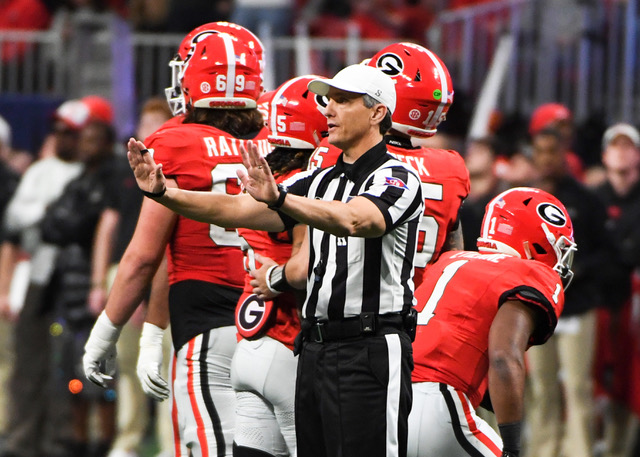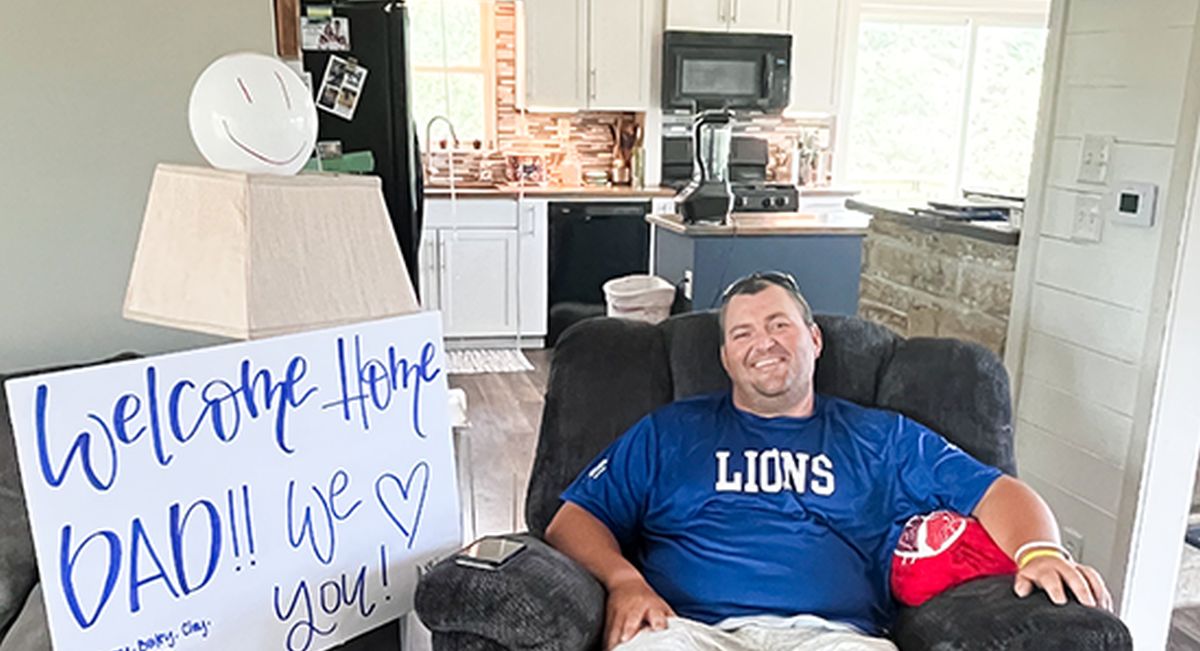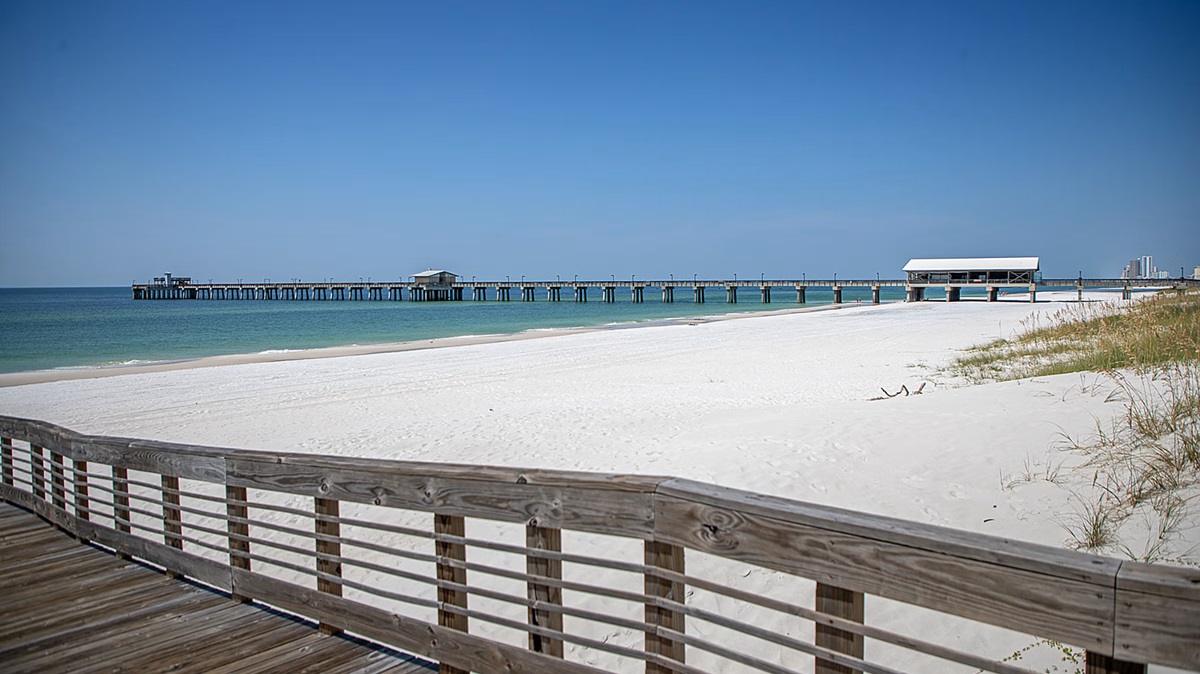Four simple ways to be safe while cycling

It may seem almost too simple: Abide the rules of the road when biking, to experience utmost safety. Always wear a helmet and ride in safe conditions, UAB experts advise. (UAB/Contributed)
Cycling can be an easier and more sustainable way to travel, but an upward trend in bicycle share programs is leading to more inexperienced cyclists. It is important to stay safe while riding, especially since most bicycle deaths occur in urban areas and nonintersection locations, said David Schwebel, Ph.D., a psychology professor at UAB who studies unintentional injury in children, adolescents and young adults.
“Bicyclists should be predictable, visible and aware as they move through their cities and neighborhoods,” said Schwebel, associate dean for Research in the UAB College of Arts and Sciences. “By taking precautions before you ride and while you are riding, you can significantly decrease the risk of injury or death while riding a bicycle.”
Bicycle safety is simple with a little preparation and attention to potential harm.

Always put on your helmet before riding a bike. ANSI- or SNELL-approved helmets make a good choice. (UAB)
Always wear a helmet
Almost 75 percent of fatal bicycle crashes involve head injury, according to a study published in Cochrane Reviews. It is crucial to protect all of your body while riding a bicycle.
“Helmets save lives,” said Roderick Wilkins, captain of Housing and Special Operations with UAB Police and Public Safety. “If the helmet does not fit properly, it can leave important areas of the head exposed to injury.”
Find a helmet that fits snugly with the strap on. States have various laws regarding cyclists’ wearing helmets, but for safety it is recommend that everyone wear a helmet. Cyclists should check to make sure the helmet is ANSI- or SNELL-approved by the federal government.
Wear clothing that is tight and bright
What a cyclist is wearing matters. Wear clothing that is bright or has reflectors so car drivers can see it. This is especially important at dusk, dawn and night. Avoid loose clothing that can get caught in the bicycle. Long pants and long sleeves can protect against scrapes. In warmer weather, consider wearing knee pads and elbow pads.
“Avoid dark clothing when riding a bicycle,” Schwebel said. “Dark colors make it difficult for drivers of cars to see a bicyclist. If possible, I recommend not riding bicycles after dark.”
Perform a strict pre-ride checklist
Assess your bicycle and its road-readiness. Go through a checklist to ensure your bicycle is appropriately sized and maintained.
“Danger can occur if the bicycle fails at the wrong time,” Schwebel said. “Having a quick pre-ride checklist to ensure your bicycle is safe can decrease the risk of injury.”
Before hopping on a bike:
- Check to see if it is the right size – one too big can be harder to control.
- Adjust the seat to fit leg length.
- Make sure tires are properly inflated.
- Install reflectors on front and back of bicycle.
- Ensure that all parts are working properly.
- Grease chains, if needed.
Know the rules of the road
Bicyclists must know the rules of the road and follow them to ensure everyone’s safety.
“Cyclists are considered vehicles when riding in the street,” Wilkins said. “It is important to learn and follow the rules as a motorist and as a cyclist to help protect anyone who is traveling.”
Rules to keep in mind include:
- Never ride against the flow of traffic.
- Obey all traffic laws, signs and signals.
- Pedestrians always have the right of way if riding on the sidewalk.
- Use hand signals.
- Look both ways before crossing a street.
“If drivers know where you are going, they will be able to respond and avoid you, just as they would avoid other vehicles,” Schwebel said.
Using hand signals allows others to know what intentions are being communicated. Just as a motorist would, a bicycle rider should show others what they are doing and where they are going. The most important hand signals to know include left or right turn. Signal a left turn by extending the left hand out. To signal a right turn, extend the left arm out from the body pointing the forearm and hand up in a right angle.





